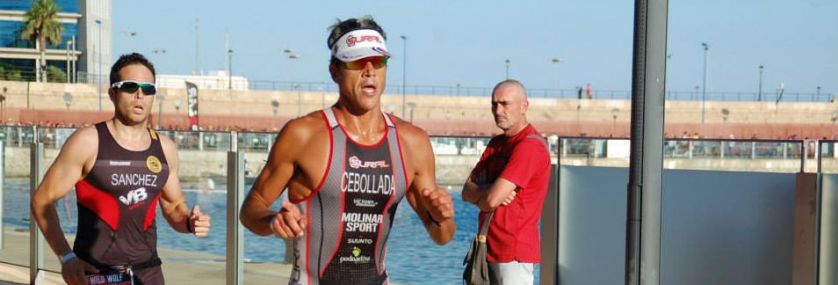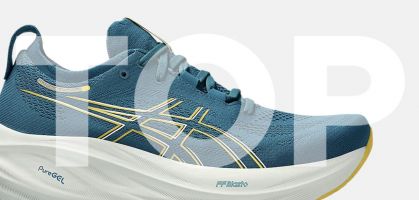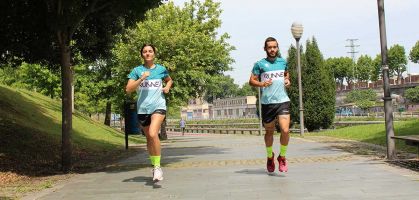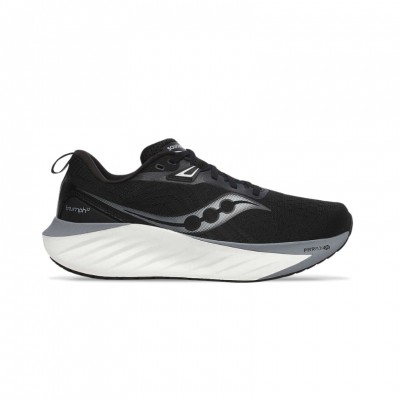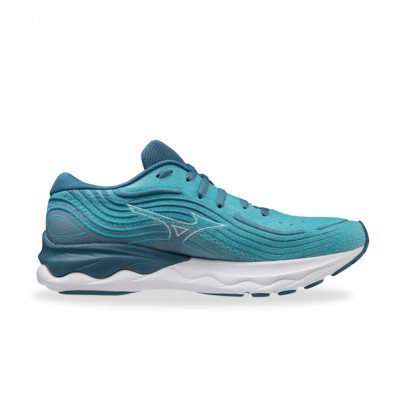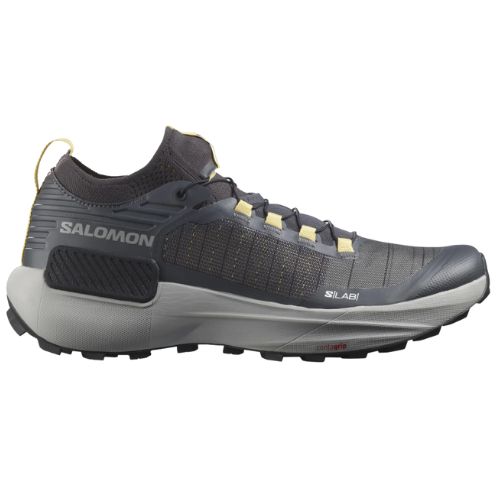It is a luxury for Runnea.com to have Alberto Cebollada as Tester-Review of running shoes. He has a degree in Physical Education and is an expert in postural hygiene. He is a triathlete and in 2011 he won the Garmin Barcelona Sprint Triathlon and was runner-up in the Quadriathlon World Championship.
What do you look for in a training shoe?
The shoe with which I'm going to do the most km. at low and medium paces has to adapt perfectly to my morphological characteristics in terms of its cushioning capacity since in preseason I weigh about 80 kg. and biomechanics with adequate motion control and stability in the rearfoot.
In my case a comfortable, stable shoe with good cushioning and resistant.
What about racing?
Lightweight without sacrificing cushioning, comfortable as a glove and flexible enough to invite me to run at high paces, well as "high" as my legs allow.
How important is a running shoe for a popular runner or triathlete?
The running shoe is the most important complement of the athlete, it is the one that allows to transmit the muscular force in each of the strides in a controlled and safe way. A shoe that is inadequate for the characteristics of the user can be harmful and have a negative influence on performance. I believe that the right choice of shoe for both the athlete and the triathlete is an important part of achieving their goals and more importantly making it possible to "enjoy their passion for running".
14-12-10 drops or do you prefer lower drops?
I have tried shoes with different drops and I don't think I have a specific drop preference, it's a technical aspect to take into account but it's not conclusive by itself. As I tell my students "it depends" on the type of shoe I use for training or racing, for 20 minutes jogging or long runs, for fast training or lower paces or for training on asphalt or track. I tolerate low drops well because I have very elastic triceps suralis muscles and Achilles tendon but my back suffers from increased lumbar stress. The low drops I reserve for fast workouts, fartleks and short series once a week. Depending on the objective of the training I use a type of shoe with a lower or higher drop, it is around 12 mm. in which for my morphological characteristics I achieve more efficiency and more comfortable is my locomotor apparatus.
How many pairs of shoes should a popular runner who runs 3 days a week, for example, have?
When I started running back in the 80s, I was given my first pair of beautiful NB shoes with which I trained and competed, no matter if it was on asphalt or on roads, I didn't need more because "I was always like a child with new shoes". Then I went on to have 2 pairs, some of exclusive use for asphalt and other mixed that I used mainly for roads in good condition, then came the trail, the shoes for training and racing shoes, the specific triathlon etc ... Now I have one for each type of training surface and climate.
I think that a popular runner can perfectly well have only one pair of shoes to train and participate in races, but it would be advisable to have 2, one for training and the other for racing or training at higher paces.
Is it possible to alternate brands and shoes with different drops?
I think it is a generalized mistake among athletes to recommend a specific brand because a certain model has worked well, the same happens with the drop. There is no one brand or model of shoe that is ideal for everyone, but there is a type of shoe that is ideal for each of us according to the type of training we do, regardless of the brand. All the commercial firms have good shoes and models with similar characteristics, although it is true that there are brands that by their ergonomics, last or concept adapt better to a type of foot and footprint than others. I think it is advisable to alternate different models according to the needs of training and take advantage of the benefits of the most suitable models of different brands for each of the cases.
It is said that you should always have a pair of jeans and a blazer in your closet, or in the case of women, a black dress. Should runners always have a mix and match?
I think we should raise awareness of the importance of buying the right shoe for each of us and banish the idea of "buying shoes because they are so pretty" or "because they were on sale"... Within the economic possibilities of each athlete, my orientation is to have several models of shoes according to the morphological and biomechanical characteristics and use the most specific one for each type of training and surface. But given the high price of running shoes and the current socio-economic situation ... mixed models are a smart buy and therefore an option to consider very seriously as they allow a multipurpose use and eventually become a profitable purchase.
Read more news about: Running News
